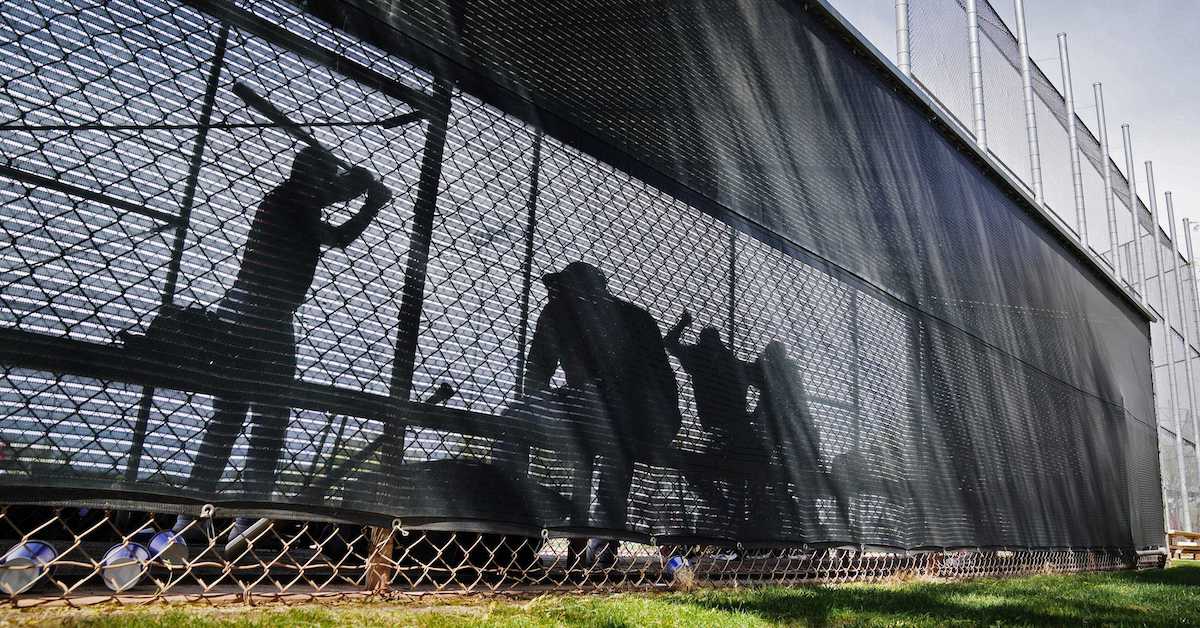Minor League Pitching Coach
Location: Arlington, TX
Status: Full-Time
It’s fun to work in a company where people truly BELIEVE in what they’re doing!
We’re committed to bringing passion and customer focus to the business.
The Texas Rangers are seeking a Minor League Pitching Coach to join the organization. An affiliate Pitching Coach will be tasked with carrying out organizational pitching philosophies at their given affiliate. You will be asked to effectively monitor & communicate player plan implementation, while adjusting goals based on collaborative communication with the player, front office & field staff.
Essential Functions of Position Include, But Are Not Limited to the Following:
- Develop pitching methods that reinforce the organization’s philosophies.
- Develop and establish a next day game review process that provides feedback to pitchers on their performance.
- Plan daily pitching practice while coordinating with other members of the field staff
- Analyze and create ways to optimize each pitcher’s performance at your affiliate.
- Collaborate with affiliate Strength Coach and Apprentice’s at affiliate to identify and act on solutions related to physical limitations/opportunities for development
- Develop a process that empowers players to abide by organizational advance scouting efforts.
- Assist the staff and players with the implementation of systems and technologies.
- Communicate plans, goals and progress with players and relevant staff members throughout checkpoints.
- Prescribe and monitor a development plan for each pitcher based on areas of opportunity.
- Ability to adapt to Minor League season, schedule, personnel, and
- Outward communication towards supervisors.
- Responsible for documentation of player plans, adjustments, and occurring changes at the affiliate.
- All duties as assigned.
Preferred Qualifications:
- Interest in player development, strength & conditioning, and analytics.
- Ability to understand and advocate for changes due to new information and or tools in baseball.
- Strong interpersonal and communication skills.
- Willingness to use available resources to problem solve.
- Strong computer skills and proficiency in Microsoft Office.
- Hard working and driven to succeed.
- Professional or collegiate playing experience is a plus.
- Coaching experience is a plus.
- Fluency in Spanish is a plus.
- Strength & conditioning related degrees are a plus.
Desired Attributes:
- Character – High Integrity. Hard Working. Empathetic.
- Servant Mindset – The player’s best interests are always the top priority
- Domain Knowledge
- Open Mindedness – Demonstrated track record of growth throughout career
- Data Driven Decision Maker & Committed to Process
- Intellectual Humility
- Clear Communication & Collaboration – Up/Down/Lateral
- High Energy & Passion
The above statements are intended to describe the general nature and level of work being performed by people assigned to this job. They are not intended to be an exhaustive list of all responsibilities, duties and skills required of the job.
If you like wild growth and working with happy, enthusiastic over-achievers, you’ll enjoy your career with us!
To Apply:
To apply, please follow this link.
The content in this posting was created and provided solely by the Texas Rangers.






